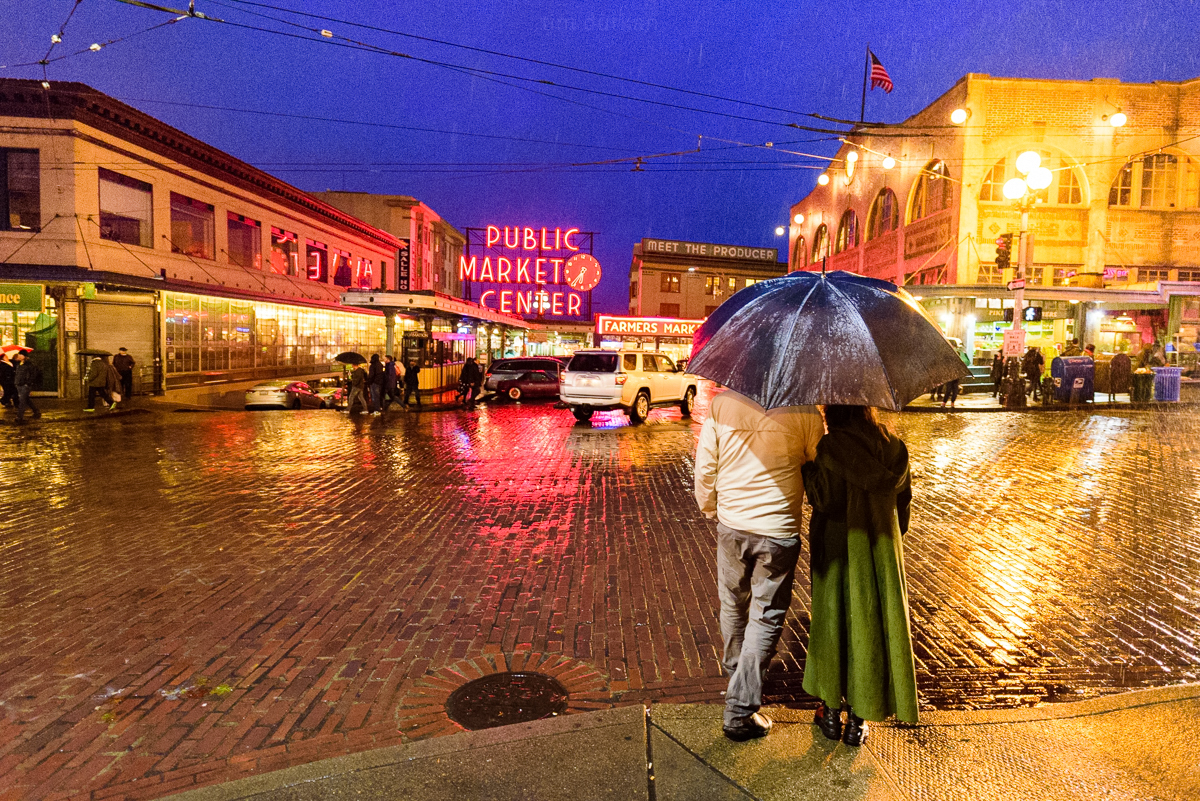

Seattle City Light monitors weather conditions to prepare for potential power outages when high winds, heavy rain, or snow and ice are in the forecast. We are prepared with the necessary equipment, supplies, chains for trucks, etc., to respond to any outage. Should there be widespread outages, we have crews on standby ready to respond and work 24/7 until every customer is back on. You can track outages on our online outage map –seattle.gov/light/outage.
As winter weather begins to roll in, the hazards of snow and ice can bring our region to a halt. We have a few tips to keep you ready, warm, and most importantly, safe.
What should I do if the power goes out and it gets cold?
- Never use generators and barbecues indoors; keep them outside and away from windows.
- Use flashlights and battery-operated candles to light the inside of your home; avoid open flames.
- Stay warm with layered clothing and blankets.
- Keep doors and windows shut.
- Open your blinds facing sunlight; this helps bring warmth into your home.
- Weatherize your home; caulking and weatherstripping are easy ways to keep cold air out. Find out how you can weatherize your home and get rebate information at energysolutions.seattle.gov.
How does the cold weather or snow impact my electrical service?
- Snow and ice-related outages occur if a branch falls on powerlines due to the weight of the precipitation. Sometimes, equipment may fail due to low temperatures.
- Avoid driving during this type of inclement weather as striking power poles can cause outages.
- Rapidly melting snow on tree branches can cause them to spring up into powerlines, which can cause outages.
How do I stay safe in the snow?
- Falling on icy sidewalks is a major cause of injury following a winter storm. Always wear appropriate footwear.
- If you must drive, make sure your car is ready. Carry chains or other traction devices and be prepared to put them on. Make sure windows are clear and the snow is brushed from the entire car.
- Know where your valve shutoffs are located. If an emergency occurs, you’ll need to know how to shut off electricity, gas and water at main switches and valves.
For more tips to help you prepare for an outage, visit powerlines.seattlemulti.wpengine.com//outage.